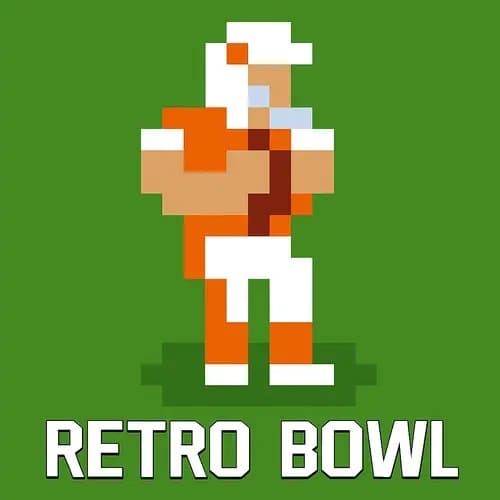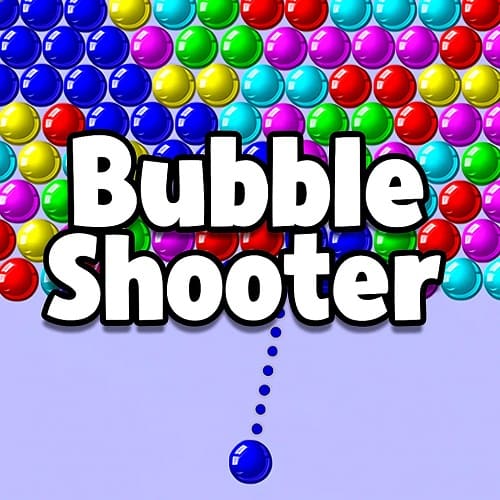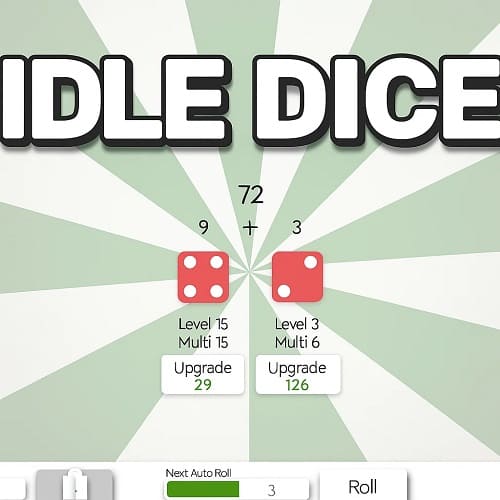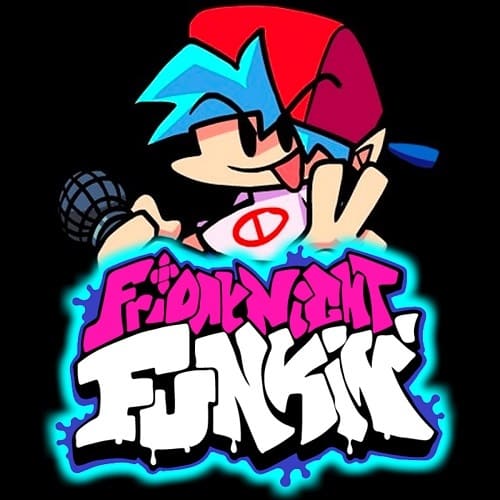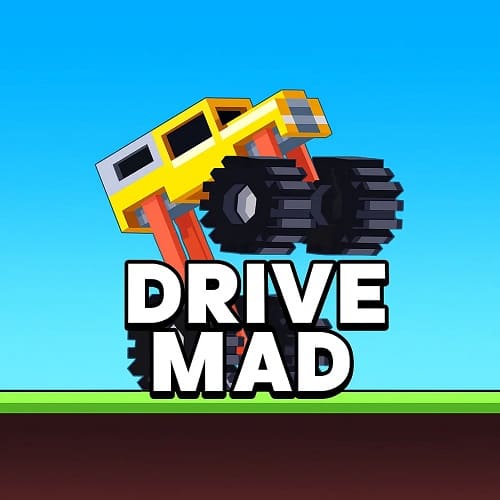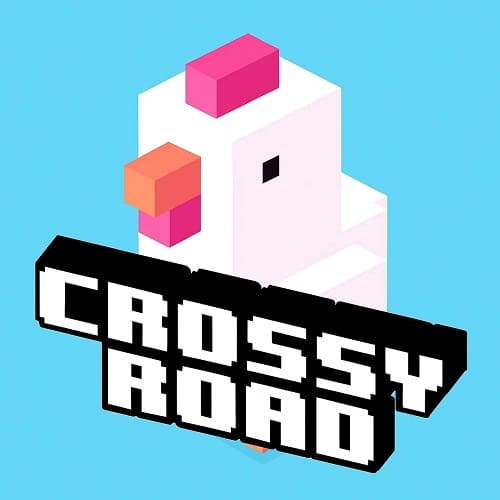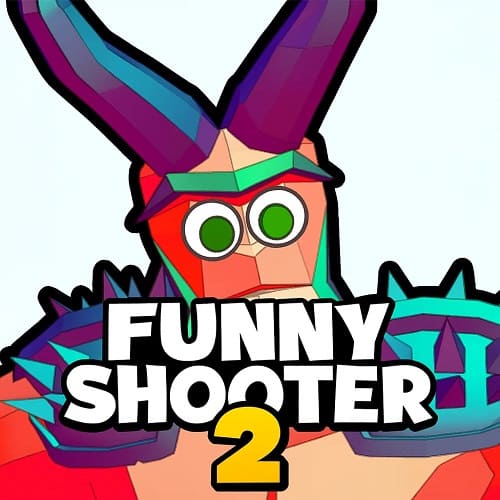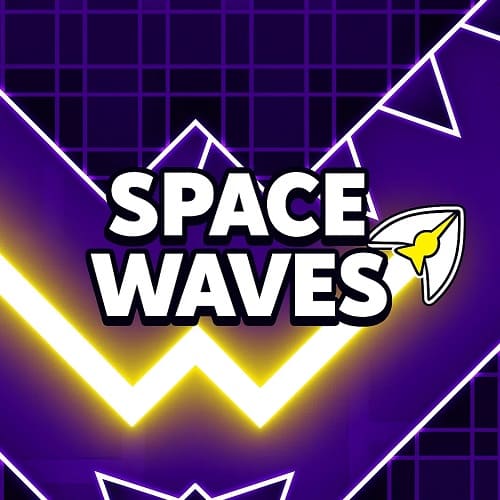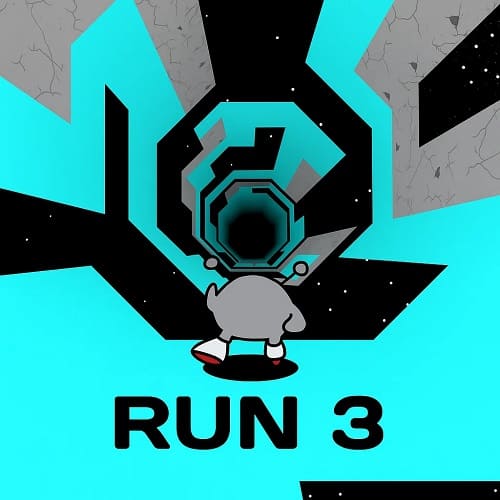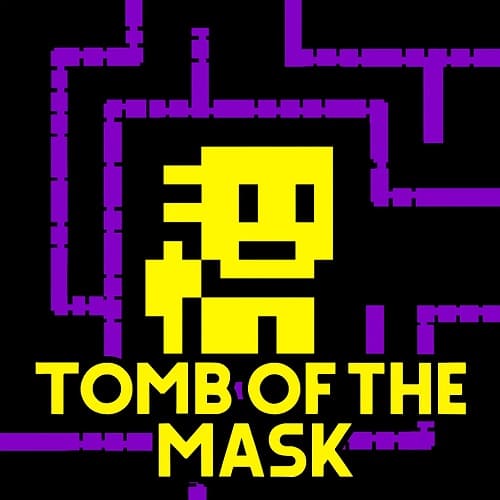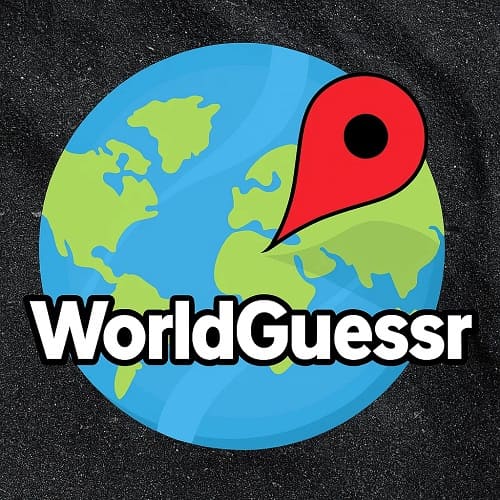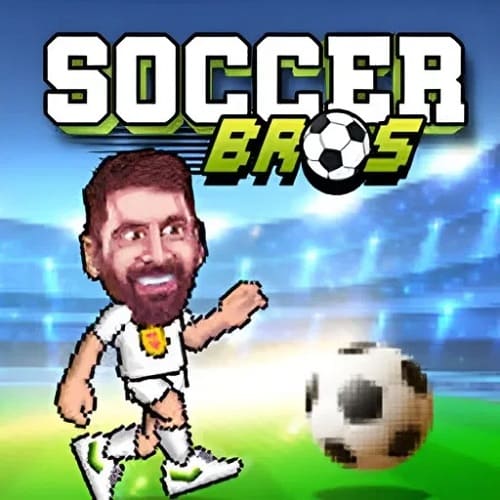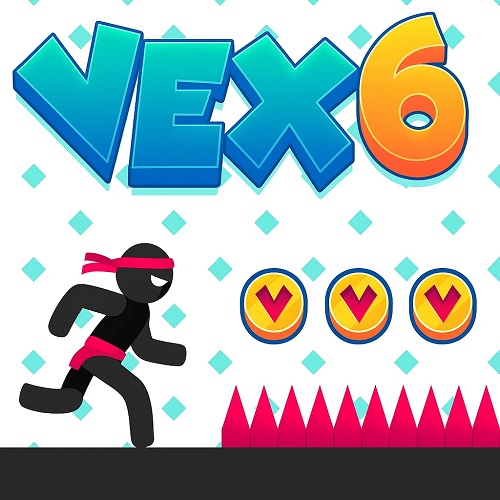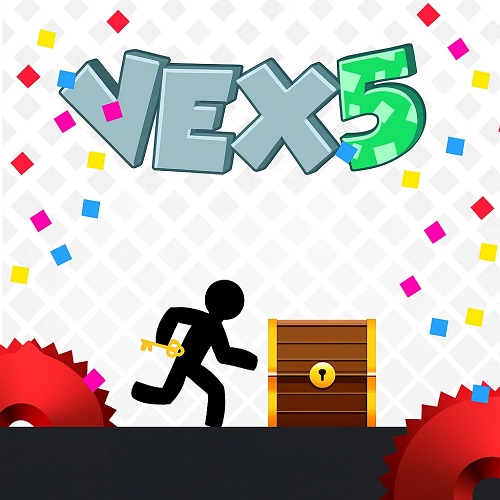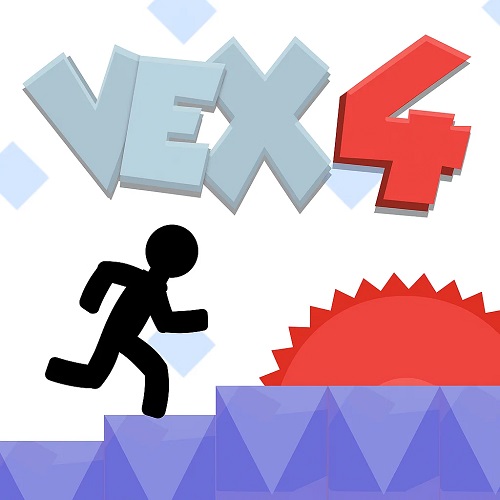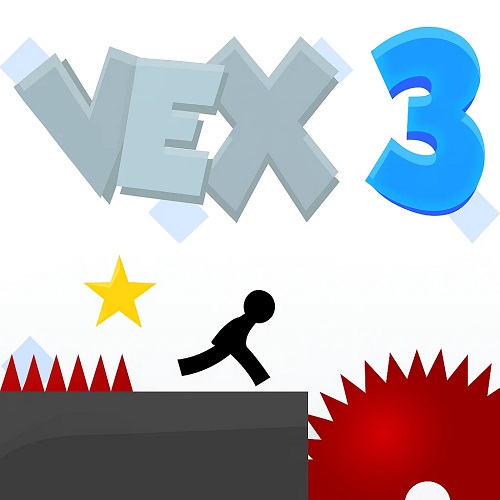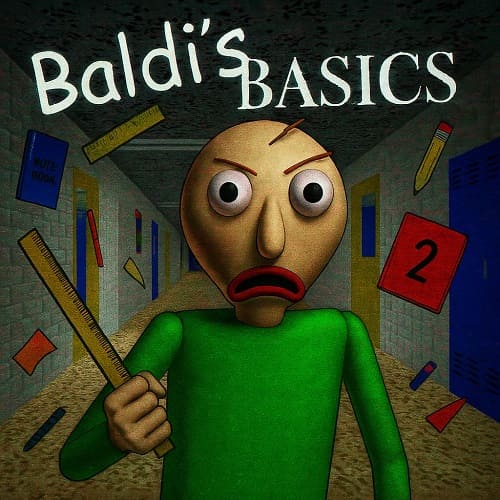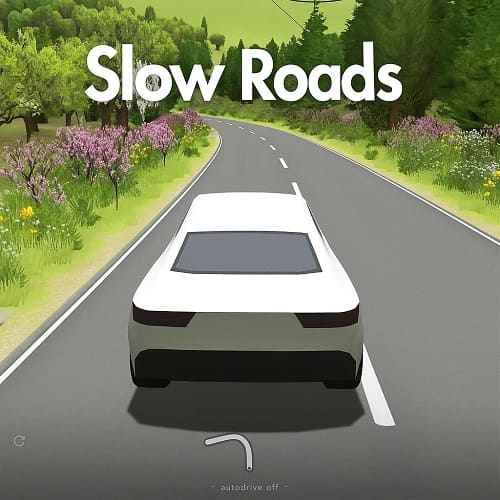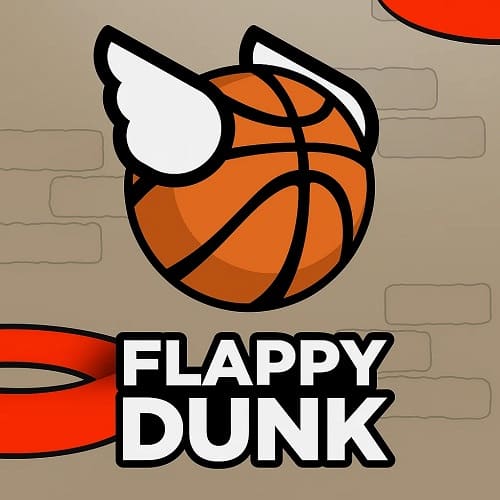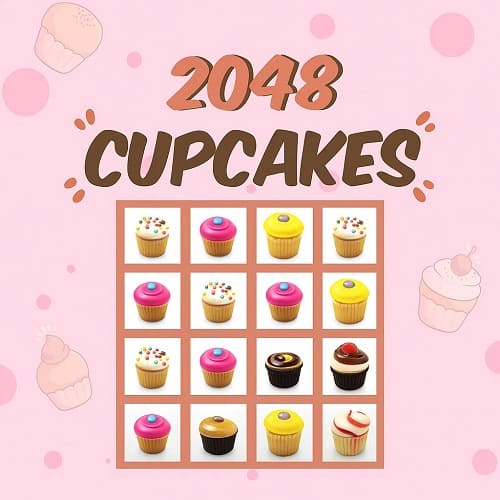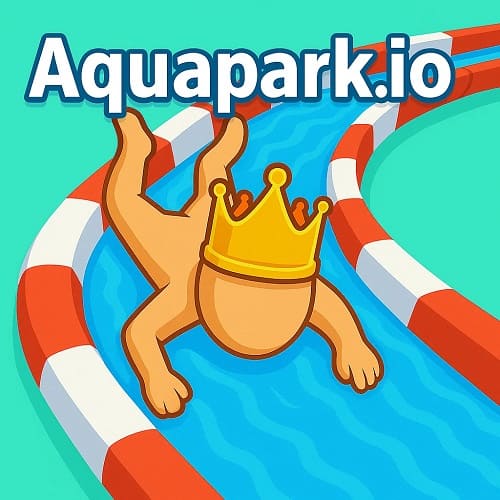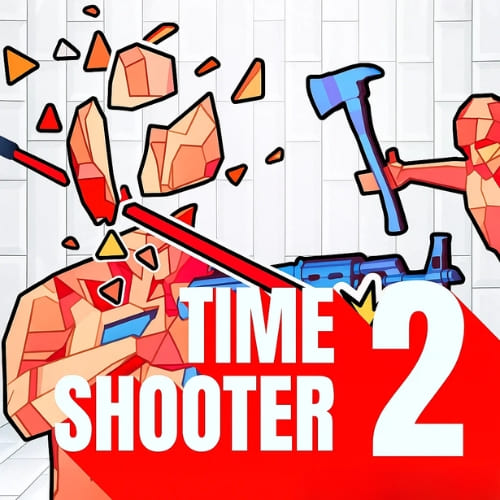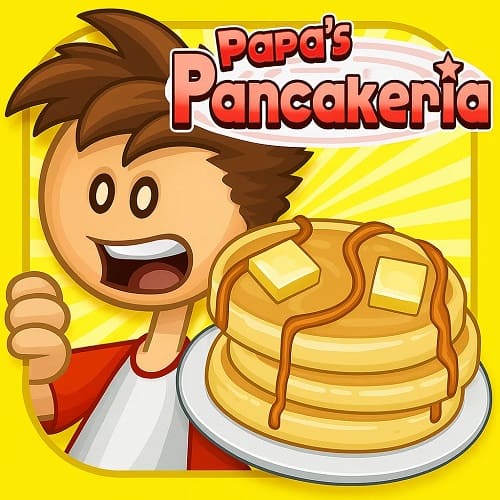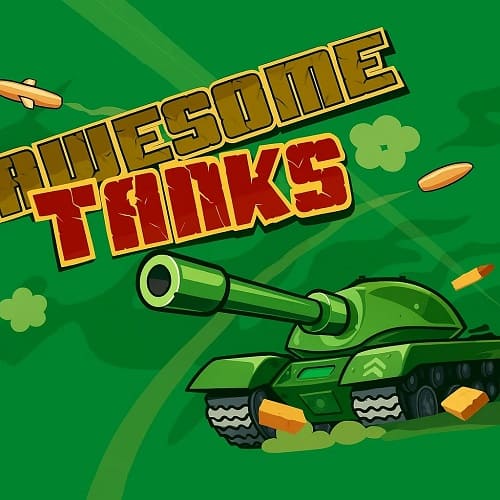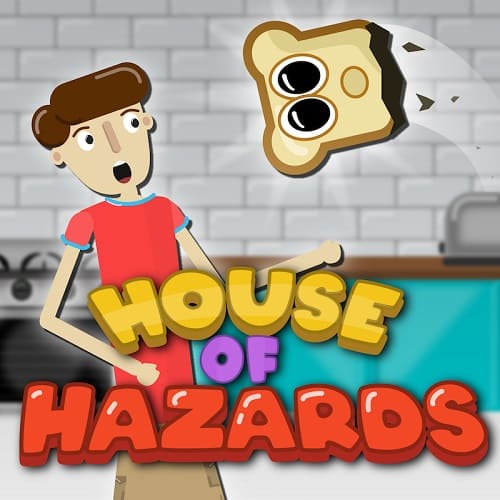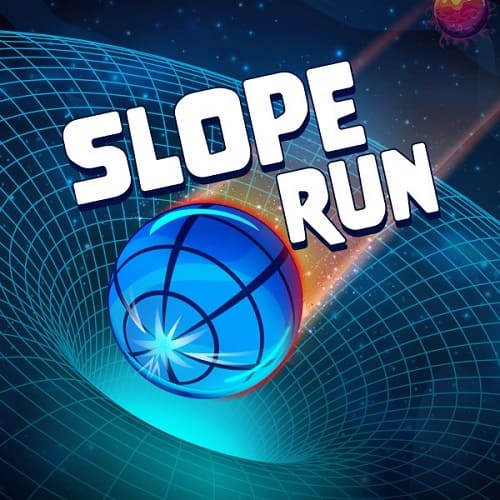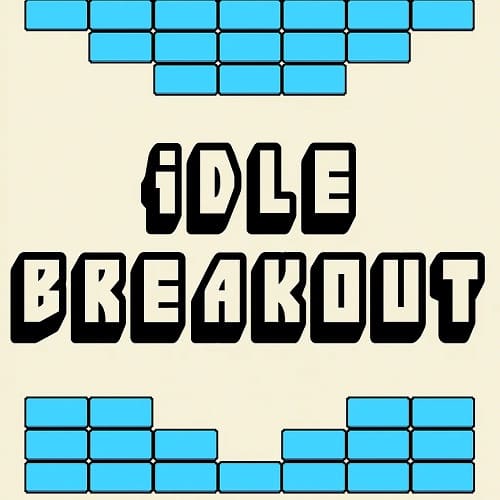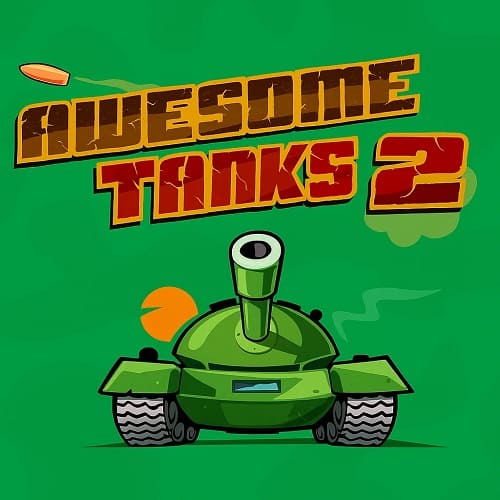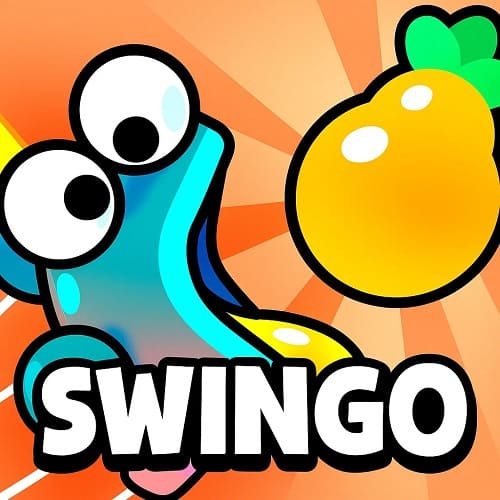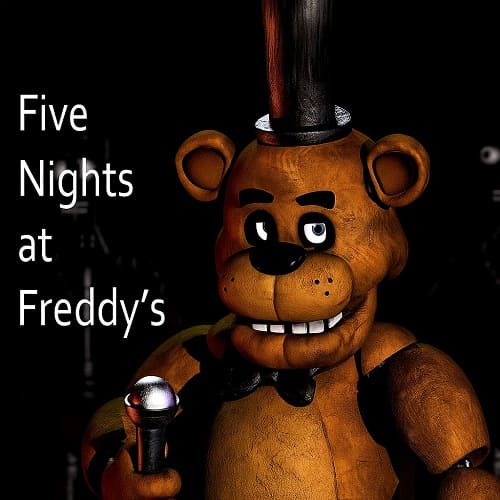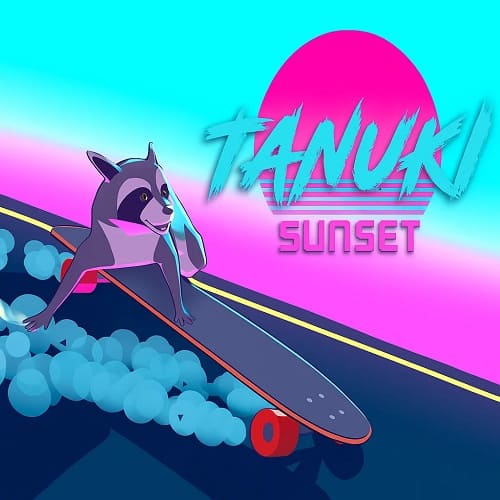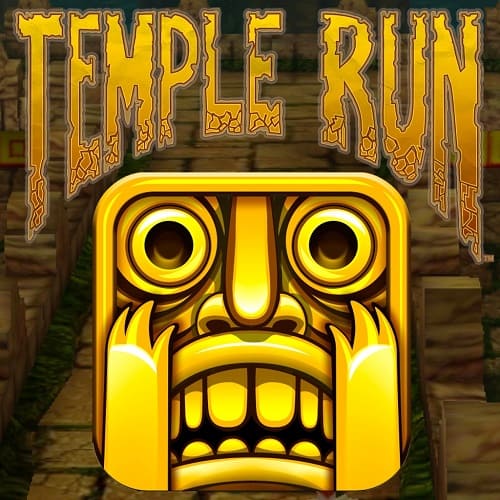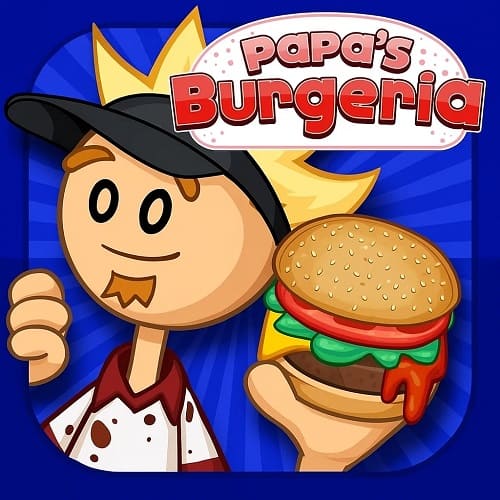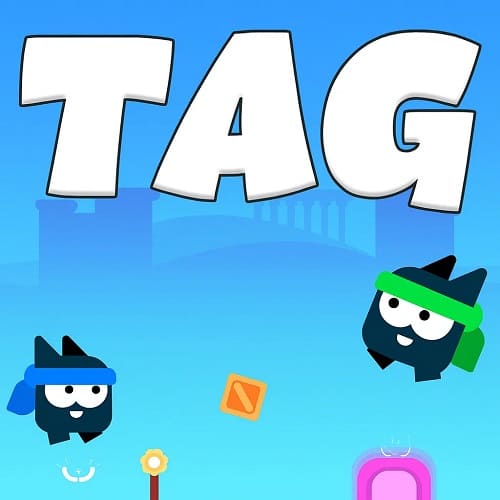
Play on your phone or tablet by scanning this QR code!
- Player 1 uses WAD keys.
- Player 2 uses Arrow keys.
- Player 3 uses IJL keys.
- Player 4 uses TFH keys.

Tag Unblocked
Tag is a fast-paced local multiplayer game developed by WeLoPlay, where 2 to 4 players compete on the same device in a classic game of chase and catch. Originally released in November 2019, this digital twist on playground fun is now fully unblocked on Games76EZ, playable on Chromebooks, desktops, and mobile browsers with no download needed.
In Tag, one player starts as the tagger, chasing the others across vibrant maps filled with bounce pads, teleporters, and obstacles. If the tagger catches someone, roles instantly switch — now it's your turn to run! The match ends when the countdown timer hits zero, and whoever is the tagger at the end loses.
Choose from 3 unique maps with different layouts and shortcut options. Use trampolines to launch into the air, teleporters for surprise escapes, or hide behind trees and structures to dodge your opponent. The game supports up to 4 players, each with color-coded characters (Red, Blue, Yellow, Green) and distinct controls, making couch multiplayer intuitive and chaotic.
With short, randomized rounds (60s, 120s, or 180s) and no AI opponents, Tag puts the focus squarely on your reflexes, strategy, and ability to outsmart your friends.
Mental Benefits & Learning Value
Tag enhances spatial awareness, fast decision-making, and social interaction. On Games76EZ, it's a quick, school-safe way to enjoy real-time competition with friends.
Controls
- Player 1 (Red): W / A / D
- Player 2 (Blue): Arrow Keys
- Player 3 (Yellow): I / J / L
- Player 4 (Green): T / F / H
- Pause: Esc
Developer
Tag was created by WeLoPlay, the team behind Wall Jumper and Stickman Bike.

